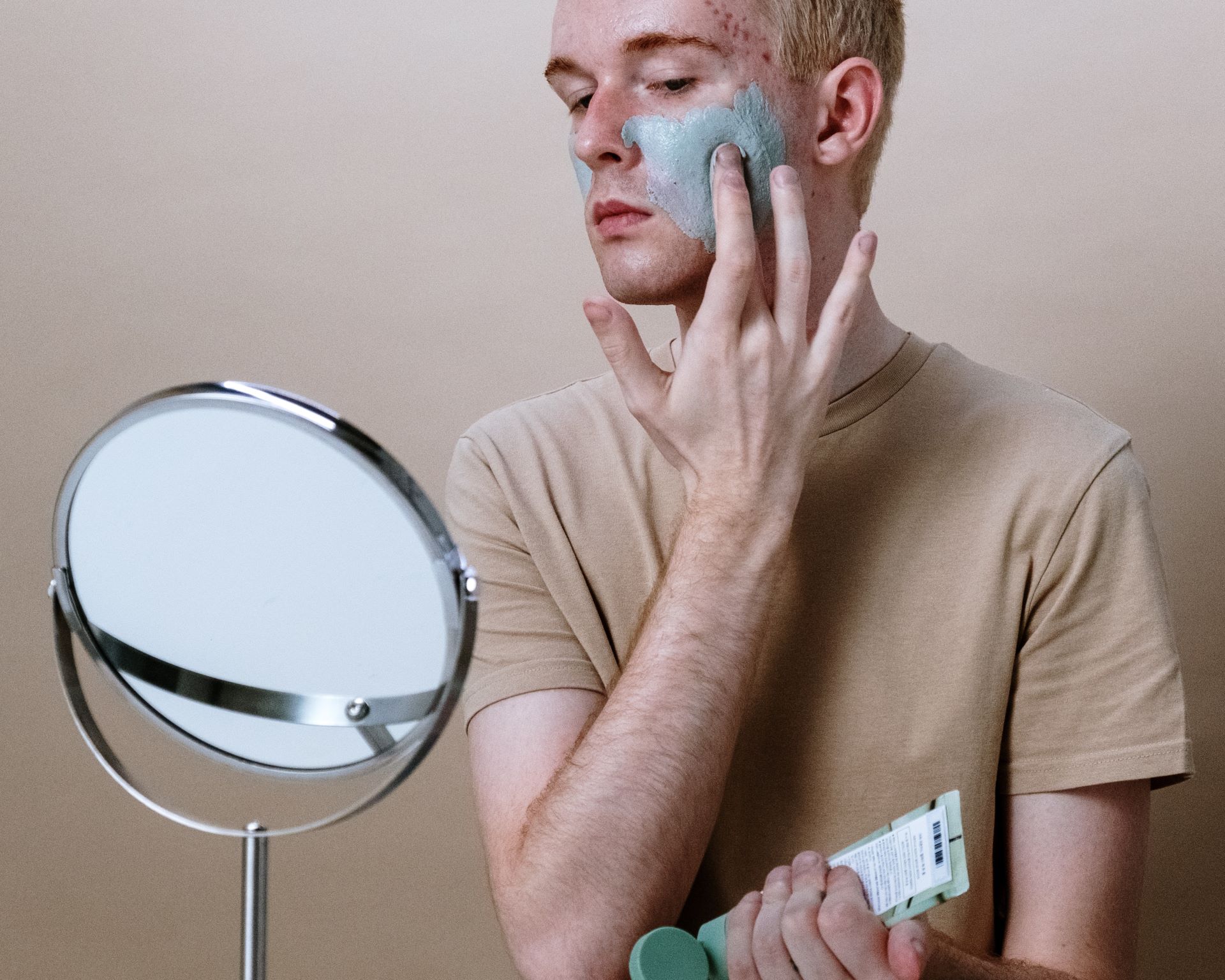The Lamen
Fungal Acne: Causes, Treatment, vs. Common Acne, and Prevention

Fungal acne is not the same as common acne, and knowing the difference is what helps you effectively treat each condition.
Photo: Cottonbro Studio/Pexels
Fungal acne, also known as Pityrosporum folliculitis or Malassezia folliculitis, is a skin condition that occurs when your skin pores are infected with a fungus.
In this article
While often confused with acne vulgaris (or common acne), the two conditions have different causes and therefore require different treatment.
- They typically appear as small, red bumps. However, fungal acne can sometimes get filled with white or yellow pus — forming a pustule.
- Fungal acne may persist for several years if misdiagnosed and treated as common acne.
Therefore, it becomes important that you identify your type of acne and use condition-specific treatment. If you use acne vulgaris treatment for fungal acne, your condition could become even worse.
Here’s what you should know.
What causes fungal acne: A yeast infection.
Common acne occurs when the hair follicles on your skin get clogged by dead skin cells, sebum (oil), or bacteria.
Fungal acne, however, is not caused by clogged pores, but by infection from a yeast known as Malassezia. As a result of this infection, your skin gets irritated and inflamed, leading to the appearance of tiny red bumps.
- The yeast that causes fungal acne is always present on your skin. These fungi colonize your skin right after birth and are normally accounted for by your immune system.
- It can, however, cause an infection under ideal growth conditions, or due to a compromised immune system.
Conditions that can lead to the growth of acne-causing fungi include:
- hair removal
- humidity, heat, and trapped moisture
- wearing tight clothes
- certain medications
According to the American Osteopathic College of Dermatology (AOCD), people might be more at risk of fungal acne if they:
- live in a hot, humid region
- sweat frequently
- wear tight, synthetic clothing
- seasonal changes
- apply greasy sunscreens or oils on oily skin
- take oral steroids or contraceptives
- experience chronic stress or fatigue
- have a compromised immune system
Besides fungal acne, the yeast Malassezia is associated with a variety of other skin conditions, including dandruff and dermatitis.
Symptoms: How to tell fungal acne apart from common acne.
Common symptoms of fungal acne include:
- small, even-sized red bumps
- itchiness
- appear in clusters
- may cause other yeast-related conditions
Fungal acne is also more common forearms, chest, and back. Other less common spots include the face, scalp, forearms, back of the hands, and lower legs.
- Location: Fungal acne typically appears on the chest, back, and upper arms (the areas that are covered by clothing, and are therefore more prone to sweating and poor ventilation). While fungal acne may also appear on the face, it is not common. Common acne, on the other hand, can occur anywhere on the body but is more common on the face.
- Itchiness: The red bumps caused by fungal acne are typically itchy, while common acne doesn’t tend to cause such irritation.
- Size and shape: Fungal acne appears as small, uniform bumps about a millimeter in size. On the other hand, bacterial acne can come in a variety of shapes and sizes, such as blackheads, whiteheads, pimples, or cysts.
- Flaking: Fungal acne can be accompanied by flaking or scaling of the skin, which might appear as dandruff. Bacterial acne does not cause such flaking of the skin.
- Treatment: Fungal acne is treated with antifungal medications, while common acne is treated with a combination of topical treatment and oral antibiotics, or other medications.
It is essential that you consult a dermatologist or physician to diagnose your skin condition for proper treatment.
Diagnosis
A dermatologist may ask the following questions before a physical examination:
- What symptoms have you been experiencing?
- How long you’ve had these symptoms?
- Have you experienced any other fungal infections?
This is followed by testing your skin cells for the type of infection, which can be done by:
- a biopsy
- Taking a skin culture
- Wood’s lamp test
Wood’s lamp test involves shining ultraviolet light of a specific wavelength on your skin and scalp. The light causes certain cells to appear fluorescent, helping in the identification of your condition. For example, the fungal infection caused by Malassezia will appear yellow-green fluorescent under the light.
Treatment
It is tough to determine for sure how long your condition might last. In most cases of mild fungal acne, the red bumps clear up within a few weeks of appropriate treatment. In more severe cases, it may take anywhere from several weeks to a few months for your condition to improve or go away.
Fungal acne is typically treated by oral or topical medication or a combination of both. Topical anti-fungal creams and gels, such as ketoconazole, are often prescribed before your doctor decides to give you oral medication.
In case you’re experiencing a more serious infection, your doctor might prescribe you one of the following anti-fungal medications:
- terbinafine
- fluconazole
- itraconazole
While anti-fungal medications are effective in killing fungi and preventing them from growing, they may cause some side effects, including:
- itching
- a burning sensation
- redness or rashes
- abdominal pain
- diarrhea
Most of these reactions are mild and don’t last long. However, a person might experience a more severe reaction in some cases, such as:
- an allergic reaction
- liver damage
In case you experience any of these, you should stop using the medication immediately and seek medical assistance.
Some other tips that help manage the condition include:
- using an anti-dandruff shampoo
- showering regularly, especially after sweating
- trying a condition-specific body wash
Fungal acne is especially common in hot, humid areas — but can typically be treated with specific anti-fungal medications and products, along with the maintenance of proper hygiene.